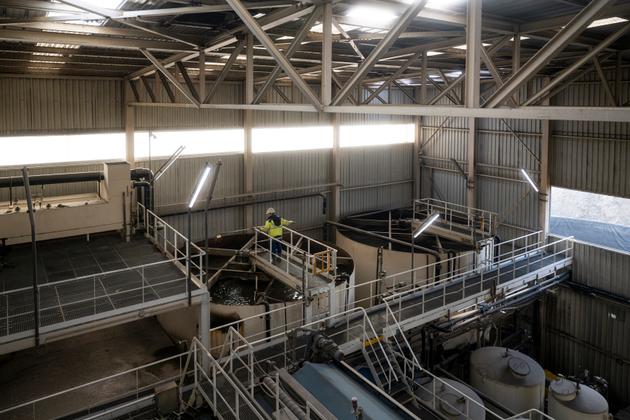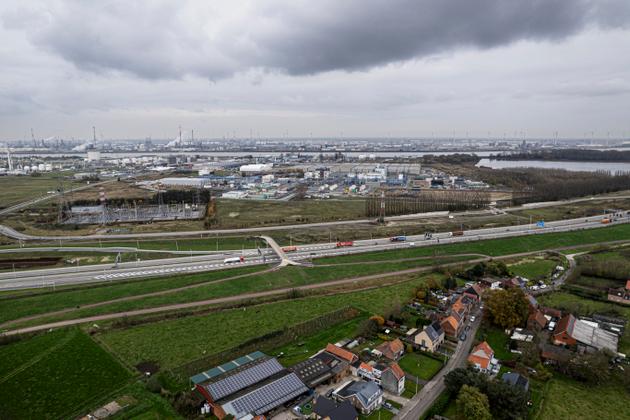


Excavating soil, changing lake water, no playing outside: PFAS-contaminated Flanders' dystopian disaster
FeatureWest of Antwerp lies one of the worst hotspots of environmental contamination by 'forever chemicals. The area has now become a decontamination laboratory for the rest of Europe, at the cost of monumental work and heavy sacrifices for the population.
At the GRC Kallo facility, soil is washed. Here, the basis of all life has become a waste product, a threat. Amid a mechanical din, a circuit of conveyor belts conveys earth soiled by the forever chemicals that the 3M plant in Zwijndrecht, west of Antwerp, has been spewing into the water, air and soil for half a century. Once released into nature, PFAS (per- and polyfluoroalkylated substances) and their dangers lurk forever, persistent in the environment and indestructible by the elements. Factors in infertility, obesity and cancer, these man-made chemicals are toxic to the kidney, liver, thyroid and immune system at concentrations so minute they are measured in nanograms (billionths of a gram) per liter.


In this area from 1976 to 2002, the American corporation 3M manufactured PFOS (perfluorooctanesulfonic acid), one of the oldest PFAS, now banned. As an ingredient in fire-fighting foams, stain-proofing treatments for carpets and sofas, and food packaging, and now a standard blood component in every living thing around, this pollutant has transformed the daily lives of local residents and the Flemish authorities into a dystopian disaster. That of the birds, too: An unfortunate great tit from the surrounding area has been identified as the world's most PFAS-contaminated creature.
You have 89.15% of this article left to read. The rest is for subscribers only.
